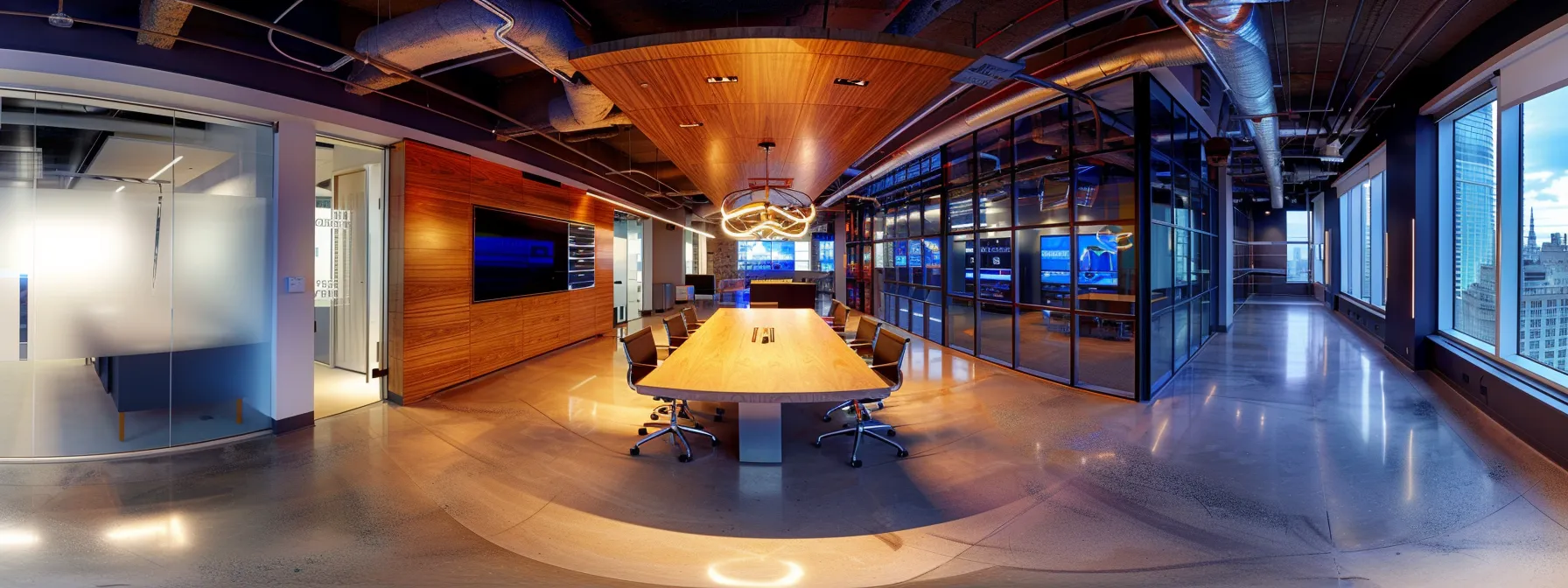What Is a Build Server? A Simple Overview
Are you struggling with long build times and manual integration issues? This post explains what a build server is and its primary functions. It outlines its support for continuous integration and delivery along with a look at key components that improve project efficiency. Readers will gain insights into different server types and learn how to set up a build server to address common operational challenges.
What Is a Build Server and Its Primary Functions?

A build server automates the process of compiling code and managing deployments, providing consistent results across projects. It supports tracking changes from repositories such as Github and processes updates from multiple code branches.
The server facilitates integrations between various tools, streamlining both development and testing routines. It plays a vital role in debugging by quickly identifying issues during the build process.
A diy server option can be set up to create a custom solution tailored to specific project requirements. This approach enables precise control over system configurations and resource allocation.
A server pc build running Linux ensures stability and flexibility, contributing to efficient continuous deployment. Robust performance from such builds supports steady operations in demanding development environments.
How Build Servers Support Continuous Integration and Delivery?

The build server manages updates to the codebase by automating tests and deployments, ensuring that each change integrates seamlessly into the project. It operates similarly to a workstation that efficiently handles development tasks in a dynamic work environment.
The system works with various tools to test and compile code, reducing delays when issues arise. It verifies that each segment of the codebase meets quality standards for better project consistency.
The server plays a key role in continuous integration by scheduling regular builds and storing historical data securely. For small-scale setups, a low power home server can serve as an effective alternative for budget-conscious teams.
Organizations often choose to build a server rack to enhance storage and processing capabilities. This setup supports uninterrupted continuous delivery, providing reliable performance and resource allocation for critical tasks.
Key Components of a Build Server System

The system relies on robust hardware and software tools where comprehensive knowledge drives efficient operations, ensuring that processes align as precisely as the matrix of interconnected modules.
The build server employs Kubernetes to manage containerized applications, coordinating tasks with reliability and streamlined execution.
It incorporates Datadog for real-time monitoring and diagnostics, allowing engineers to address issues promptly and maintain service stability.
The design supports continuous deployment by integrating testing and compilation within a single framework, strengthening project reliability and operational efficiency.
Different Types of Build Servers Available

Various build server types provide distinct advantages for software teams. Some servers support efficient compile processes while handling multiple git repositories simultaneously. This flexibility promotes scalability across different project sizes.
Self-hosted solutions allow organizations to manage their own server environments. These setups enable authorized personnel to tailor compile settings and control integration on a git basis. They also offer easy access to compatible RSS feeds for tracking system updates.
Cloud-based build servers streamline operations by automating compile tasks and managing git integrations. Their architecture offers high scalability, ensuring that the system adapts to variable project workloads. Users benefit from secure and reliable performance.
Hybrid build server options combine on-premise and cloud functionalities. They support complex compile requirements and maintain robust git operations, further promoting scalability. Such systems often include RSS monitoring to track pipeline progress.
How to Set Up a Build Server for Your Projects?

The build server setup begins with selecting the right machine that meets the project requirements. Developers should install the necessary software to manage the build process efficiently.
Configuring version control is essential for tracking changes and maintaining code integrity. The system should integrate with repositories to manage code seamlessly.
Engineers must establish automated routines that streamline the build process and trigger tests after code commits. This setup generates immediate feedback that helps improve overall operations.
System testing should involve scenarios that mimic customer usage to ensure reliability. The build server must finalize its configuration to support efficient, real-time communication across team environments.
Common Challenges and Solutions in Build Server Operations

The build server sometimes encounters issues when handling multiple branches in development, leading to compiler delays. Engineers often address these with precise debugging using Visual Studio alongside GitLab integrations.
Inconsistent code quality during compilation may hinder development progress. A robust build server setup, paired with Visual Studio and GitLab setups, helps to minimize errors during the compiler process.
Network interruptions may disrupt the build server, affecting GitLab synchronization and compiler functions. Technical teams resolve these challenges by monitoring system resources during development phases.
Managing resource allocation during peak development times can stress the build server and delay compiler runs. The integration of Visual Studio and GitLab features standardizes performance and helps maintain consistent development cycles.
Conclusion
A build server simplifies the code compilation process while ensuring efficient management of deployments. It integrates diverse tools to monitor and maintain quality during development. It supports both traditional and modern workflows, catering to various project scales and budgets. It remains a critical element in enhancing continuous integration and smooth project operations.











